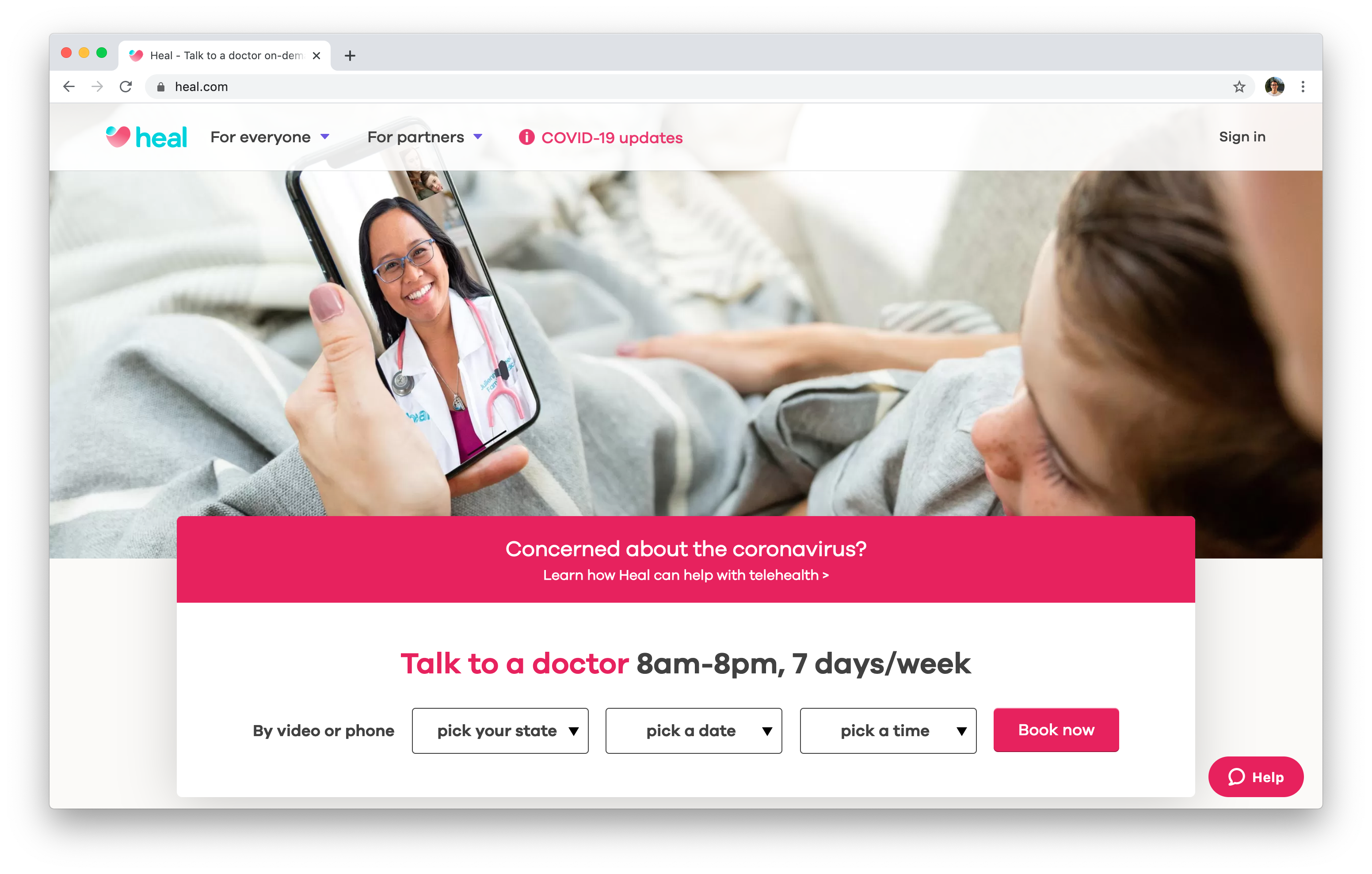Discovering the Development of Subscription Based Healthcare in the Digital Age
Wiki Article
Exactly How Subscription-Based Health Care Is Transforming the Medical Industry

The Rise of Subscription Health Care
In recent times, the healthcare market has observed a considerable change towards subscription-based designs, reflecting wider customer trends favoring comfort and predictability. This change is driven by the enhancing need for even more available and individualized treatment options. Subscription medical care, often described as concierge medication or straight health care, provides people a set regular monthly charge for a variety of clinical solutions, substantially changing typical fee-for-service models.The increase of membership health care is facilitated by innovations in modern technology, which enable structured interaction in between carriers and patients - subscription based healthcare. Digital platforms and telehealth solutions have become integral, providing individuals the capability to schedule appointments, gain access to medical records, and obtain appointments online. This technological combination not just boosts person interaction but likewise allows providers to deliver extra reliable treatment
Moreover, the registration design straightens with the evolving assumptions of people that seek even more control over their healthcare expenses and experiences. By getting rid of the changability of co-pays and insurance coverage cases, subscription-based healthcare supplies a clear and simple strategy. While this version is getting traction, its spreading deals with obstacles such as regulatory hurdles and the necessity for wider approval within the standard healthcare ecological community. Its growing presence marks a pivotal minute in the development of health care shipment.
Advantages for Clients and Companies
Subscription-based healthcare provides a wide range of benefits for both clients and carriers, reshaping the characteristics of medical treatment. For patients, this version offers improved accessibility to medical care services. With a predictable monthly cost, clients can appreciate unlimited consultations, minimized delay times, and individualized care. This arrangement usually leads to an extra proactive strategy to wellness monitoring, enabling prompt treatments that can avoid persistent conditions from intensifying. The monetary transparency of membership models decreases the changability associated with typical fee-for-service invoicing, alleviating the burden of unanticipated medical expenses.For doctor, subscription-based versions promote an even more lasting and rewarding technique. By safeguarding a consistent earnings stream, providers can focus on delivering high-grade treatment without the stress of volume-based service. This model encourages longer client examinations, cultivating more powerful patient-provider connections and enhancing health end results. In addition, it supplies service providers the flexibility to introduce and integrate preventative and holistic treatment techniques. Management tasks are often structured, minimizing overhead prices and permitting carriers to commit more time to client interaction. In general, subscription-based healthcare lines up the rewards of patients and service providers, promoting an extra patient-centered and effective healthcare delivery system.
Secret Functions of the Model
Frequently, the key attributes of the subscription-based medical care model emphasize its distinct technique to providing medical solutions. Central to this model is the principle of predictable, monthly repayments, offering patients an extensive variety of solutions without the unpredictability of standard fee-for-service structures. This version frequently consists of unlimited access to main treatment services, precautionary care, and routine exams, making sure that people can engage with their medical care carriers proactively rather than reactively.
Additionally, straight communication channels, such as telemedicine and messaging systems, are emphasized, allowing people to obtain timely recommendations and examinations without requiring in-person visits. This enhances accessibility and convenience, especially for people with flexibility restrictions or those residing in remote locations. The design also promotes stronger doctor-patient connections, as additional hints doctor are incentivized to concentrate on long-term wellness outcomes as opposed to temporary brows through.
Additionally, subscription-based healthcare usually integrates technical developments, such as digital wellness records and health surveillance apps, to give efficient and customized treatment. Patients take advantage of worked with and continuous care administration, which is tailored to their details wellness demands. Inevitably, these functions jointly create a patient-centered healthcare experience, prioritizing availability, cost openness, and preventative care.

Considerations and challenges
While the subscription-based healthcare model uses countless advantages, it is not without its challenges and factors to consider. Membership models might inadvertently prefer those with greater socioeconomic condition, possibly widening differences in medical care accessibility for lower-income people that may struggle with month-to-month fees.An additional difficulty hinges on regulative compliance. Subscription-based medical care should browse an intricate web of laws that differ by region, consisting of issues around client privacy, information security, and state licensing needs. Making sure conformity without restraining the model's versatility and innovation can be discouraging for companies.
Additionally, there is the danger of overutilization or underutilization of solutions. Clients paying a taken care of cost could overuse solutions, leading to enhanced functional expenses, while others could underutilize because of be afraid of burdening the system, possibly ignoring necessary visit treatment.
Future Leads and Innovations
The landscape of subscription-based medical care is positioned for change via emerging advancements and developing potential customers. As modern technology remains to development, the integration of artificial intelligence and maker understanding offers significant possibilities to improve analysis precision and improve patient management. Anticipating analytics can transform precautionary care by recognizing prospective health dangers prior to they materialize, therefore minimizing both costs and the concern on healthcare systems.Moreover, telemedicine is readied to increase within registration versions, offering patients increased accessibility to medical care professionals despite geographical constraints. This not just facilitates continuity of care however also encourages patients to engage more actively in their wellness management. In addition, blockchain technology offers prospective in securing client data and making certain interoperability across platforms, cultivating depend on and transparency.
Partnerships in between technology firms look here and health care carriers are likely to generate cutting-edge options, enhancing person experiences and results. As these potential customers materialize, subscription-based health care has the potential to redefine exactly how care is provided and accessed.
Verdict
Subscription-based medical care is changing the clinical industry by using a much more easily accessible, foreseeable, and patient-centered approach to medical solutions. This design boosts patient-provider connections, guarantees financial openness, and highlights preventive treatment via unrestricted appointments and telemedicine. Regardless of difficulties such as regulatory difficulties and prospective disparities in accessibility, the registration design holds assurance for a much more effective and customized health care experience. As innovation developments, better developments are most likely to address existing challenges and enhance health care distribution.Membership medical care, often referred to as attendant medicine or straight primary care, provides clients a fixed monthly fee for a variety of medical solutions, dramatically modifying traditional fee-for-service designs.
Furthermore, the registration version straightens with the progressing expectations of patients who seek even more control over their medical care expenditures and experiences. For patients, this design supplies improved accessibility to medical care solutions. In general, subscription-based health care aligns the motivations of people and service providers, advertising a much more patient-centered and reliable medical care distribution system.
Moreover, telemedicine is set to increase within membership versions, offering patients boosted access to healthcare experts regardless of geographical restraints. - subscription based healthcare
Report this wiki page